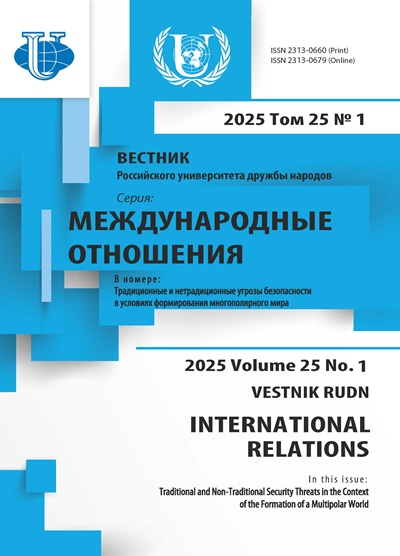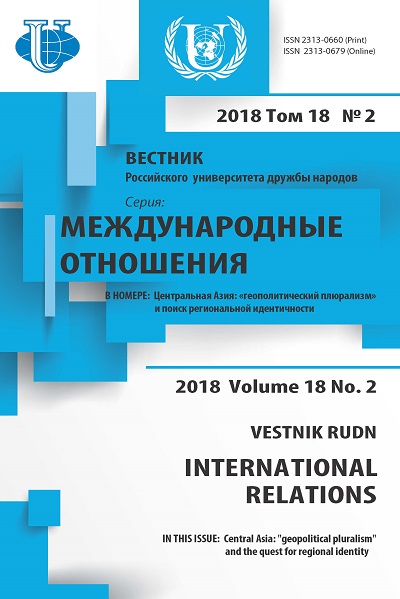Abstract
The article is analyzing the current situation in Afghanistan; it reveals the challenges and risks that emanate from this conflict zone and affect the security sphere of the five post-Soviet states of Central Asia (CA) and their Asian neighbors. Attention is paid to the growth of drug trafficking and the terrorist threat from Afghanistan by the “Islamic state” (IS, a terrorist group banned in Russia). The diplomatic initiatives taken by Russia, China, and other states to achieve national reconciliation in Afghanistan are considered. Military-political and economic projects in Central Asia (“One Belt, One Way”, and “China-Pakistan Economic Corridor”), which are alternatives to the Russia-initiated integration in the sphere of economy (Eurasian Economic Union - EAEU) and security (the Collective Security Treaty Organization - CSTO) are analyzed taking into account the rivalry within the China-India-Pakistan triangle. In connection with the recent changes in the Asian strategy of the United States, the peculiarities of India-Pakistan interaction with the post-Soviet states of Central Asia and with Afghanistan have been revealed. The chronological framework of the article is а period following the partial withdrawal from Afghanistan in 2014 of the American military contingent, brought to the beginning of 2018, when a new geopolitical reality began to form in the Central Asian region.












